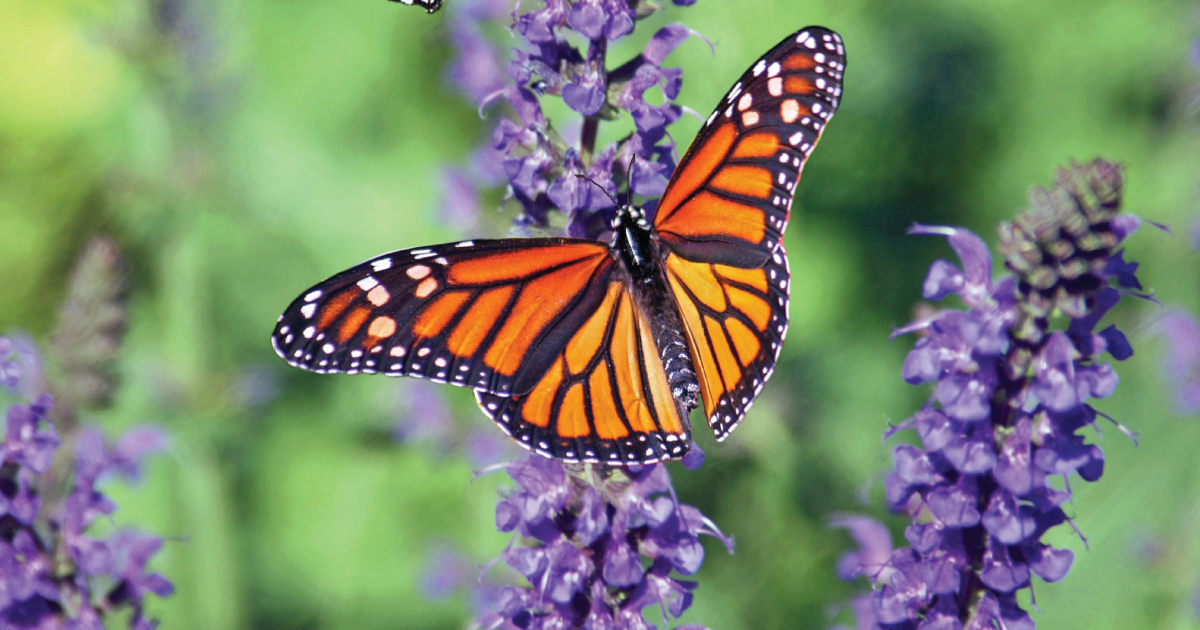
Op-ed: The Monarch Butterfly Emergency Unfolding Before Our Eyes
If you were in California this winter, you may have noticed something missing: the monarch butterflies. Two decades ago, more than 1 million would arrive in California every winter, clustering on branches in colorful bunches and lighting up the coastal air with their delicate flights.
April 21, 2021 | Source: Civil Eats | by Stephanie Kurose
Pesticides, climate change, and habitat destruction have put North American monarchs in a freefall. A proposed bill might help save them—but only if Congress acts quickly.
If you were in California this winter, you may have noticed something missing: the monarch butterflies.
Two decades ago, more than 1 million would arrive in California every winter, clustering on branches in colorful bunches and lighting up the coastal air with their delicate flights.
To see a kaleidoscope of butterflies is to witness one of nature’s most vivid migratory spectacles. A century ago, one California newspaper described a grove of trees with branches breaking under the weight of the western monarch butterflies overwintering in the area. The monarchs, “all twinkling in shade and sunlight, seemed the personification of happiness,” the observer wrote.
Now, monarchs are the personification of something darker, as a species that generations of school children once reared in classrooms in lessons of science and wonder, could soon be gone. This year, only 1,914 were counted overwintering in coastal California. There are more Starbucks locations in California than overwintering monarchs.
